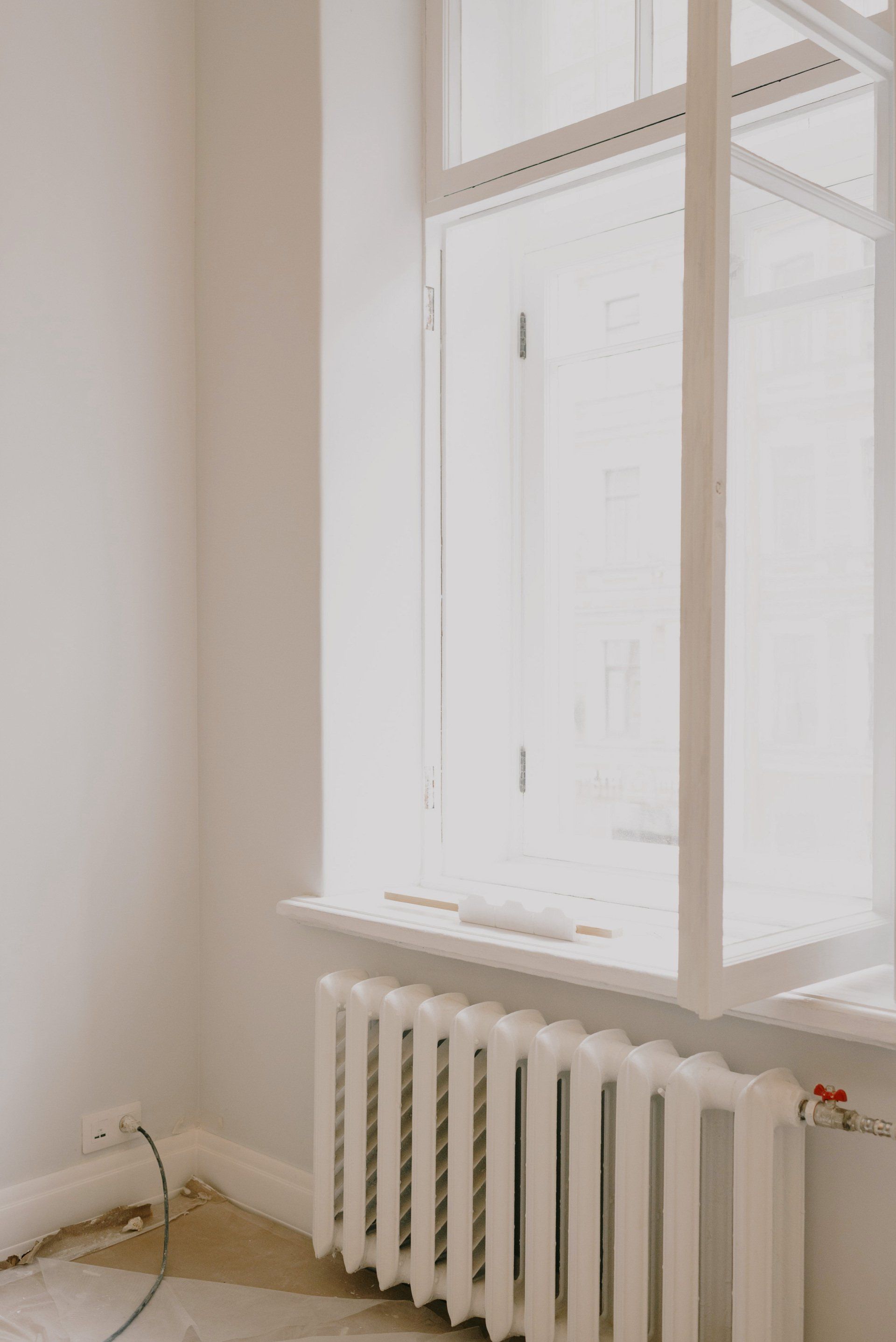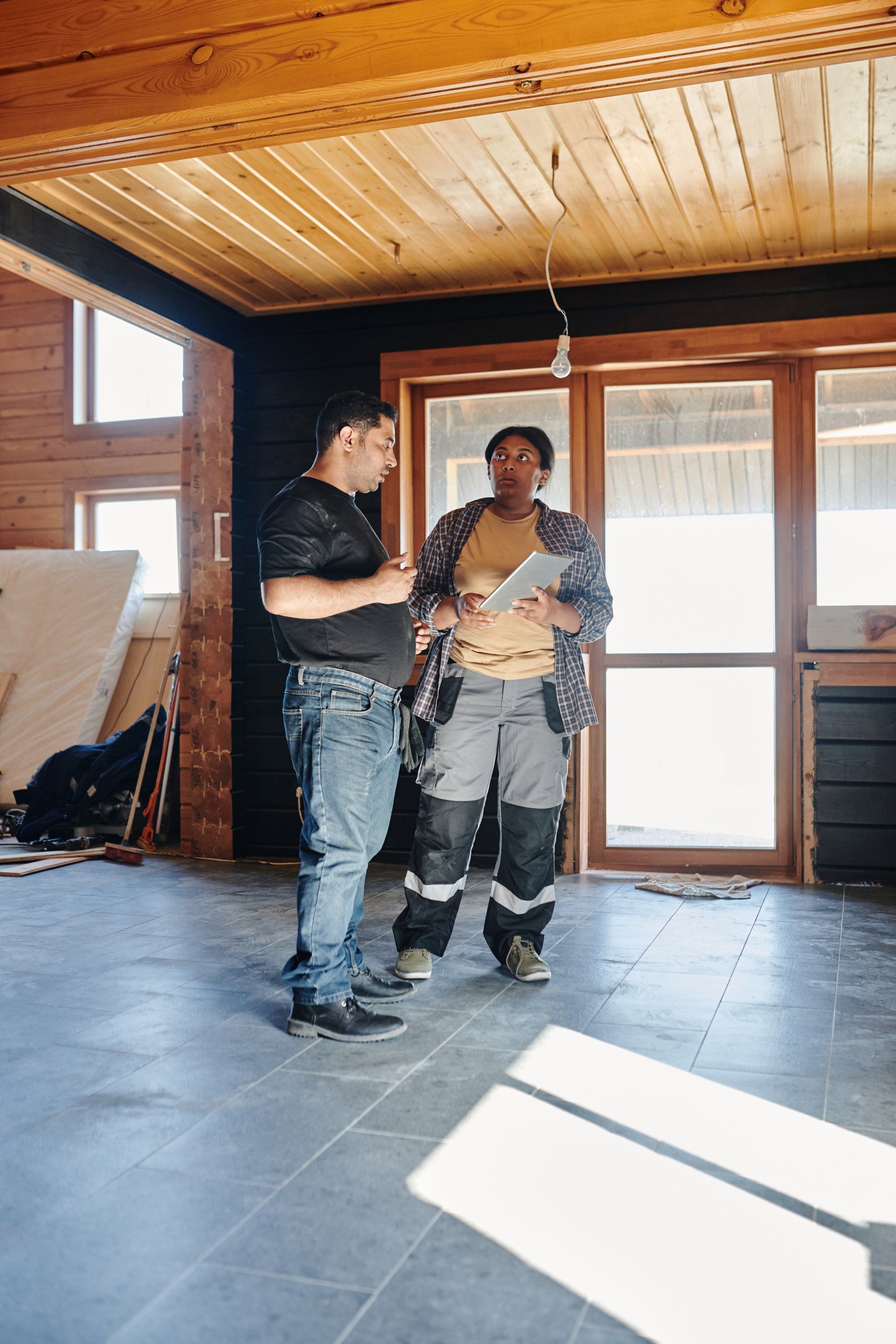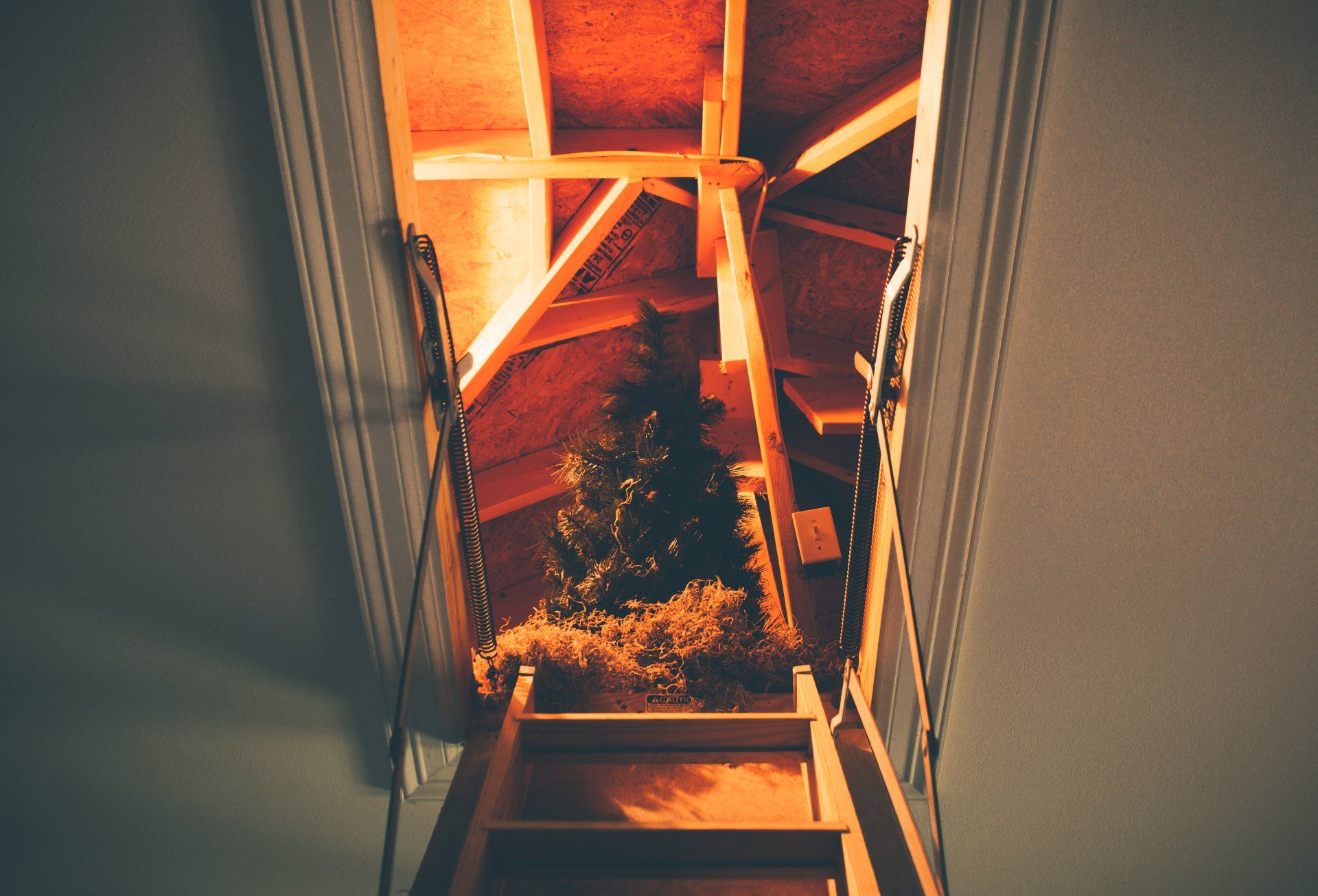Is it possible for underfloor heating to be installed with wooden floors?
Is it possible for underfloor heating to be installed with wooden floors?
You need to select flooring that is conducive to efficient underfloor heating. The heat generated below the floor can pass easily through the flooring to warm the room. For example, a thick carpet won't permit as much heat through it as tile. Therefore, the underfloor heating must be set at a higher temperature to maintain the same temperature in the room.
Which flooring is best for underfloor heating?
You will want to have stone or tile floors in an ideal situation. They have high thermal conductivity and are very durable. These flooring types retain heat well, so even if the heating is turned off, they will still emit heat. In rooms that have a lot of heat loss (conservatories, for example), we recommend using tiles or stone floors.
Are wooden floors and underfloor heating possible?
You can, in short. When choosing a wood floor to install over an underfloor heating system, there are some things you should be aware of.
Underfloor heating and solid wood floors
Underfloor heating is not recommended for solid wood floors. Solid wood floors are poor conductors of heat. To achieve the same effect as with tiles or stone floors, heating must be used for a longer time and at a higher temperature. As moisture levels change in wood, it is recommended that underfloor heating not exceed 27°C.
Heat changes can cause wood moisture levels to change, which results in wood flexing or changing.
Underfloor heating and engineered wood floors
You can choose engineered wood flooring if you are certain you prefer wooden flooring over underfloor heating. Because it has been specially treated to withstand temperature changes, this type of flooring is more resilient to them. Engineered wood flooring can be thick enough to create a beautiful and luxurious wood floor, but thin enough that it can conduct heat upwards without much resistance.
It is a good rule of thumb to ensure that any wood flooring you select can be used with underfloor heating.
Edmonton Insulation Quote
We will get back to you as soon as possible
Please try again later


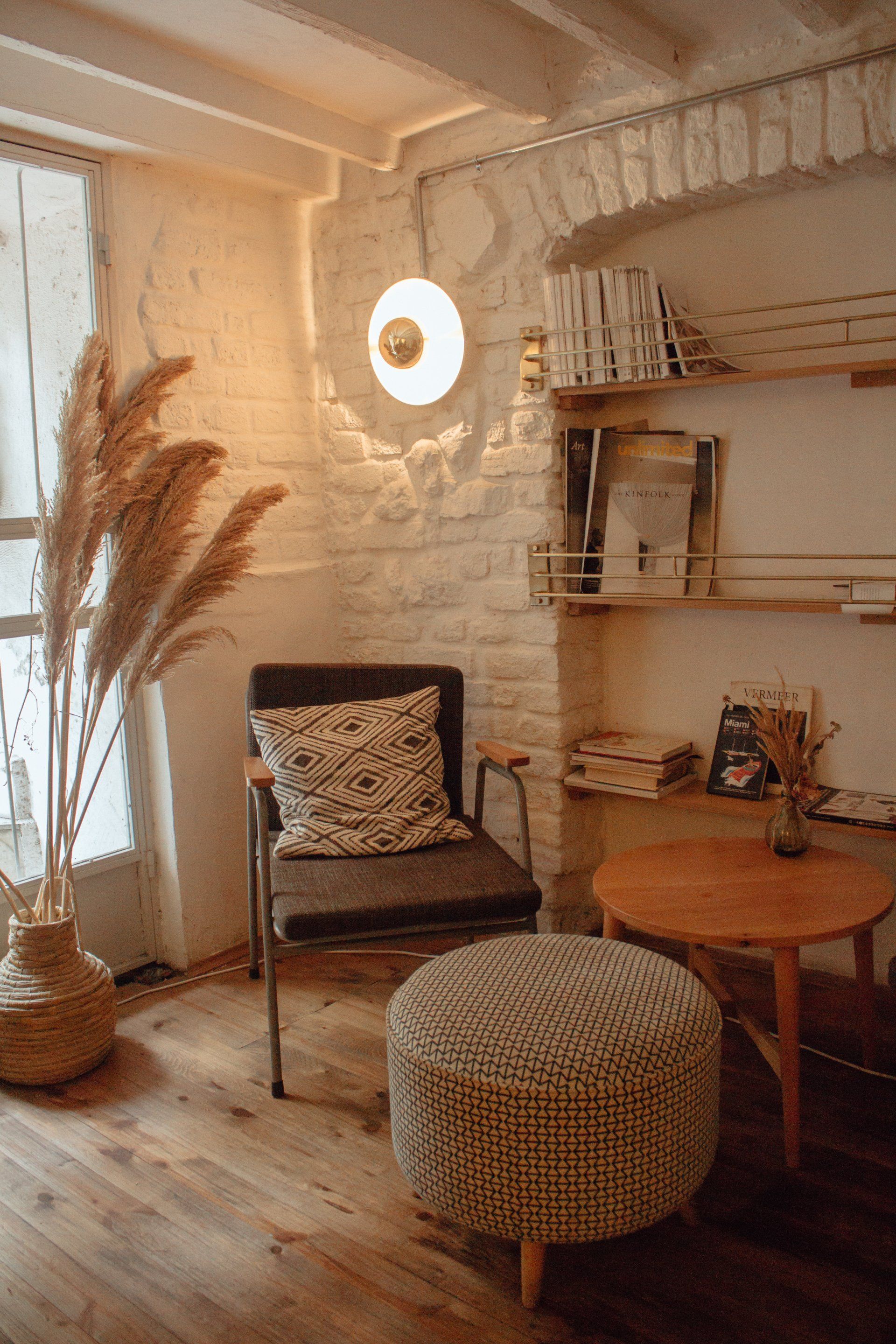
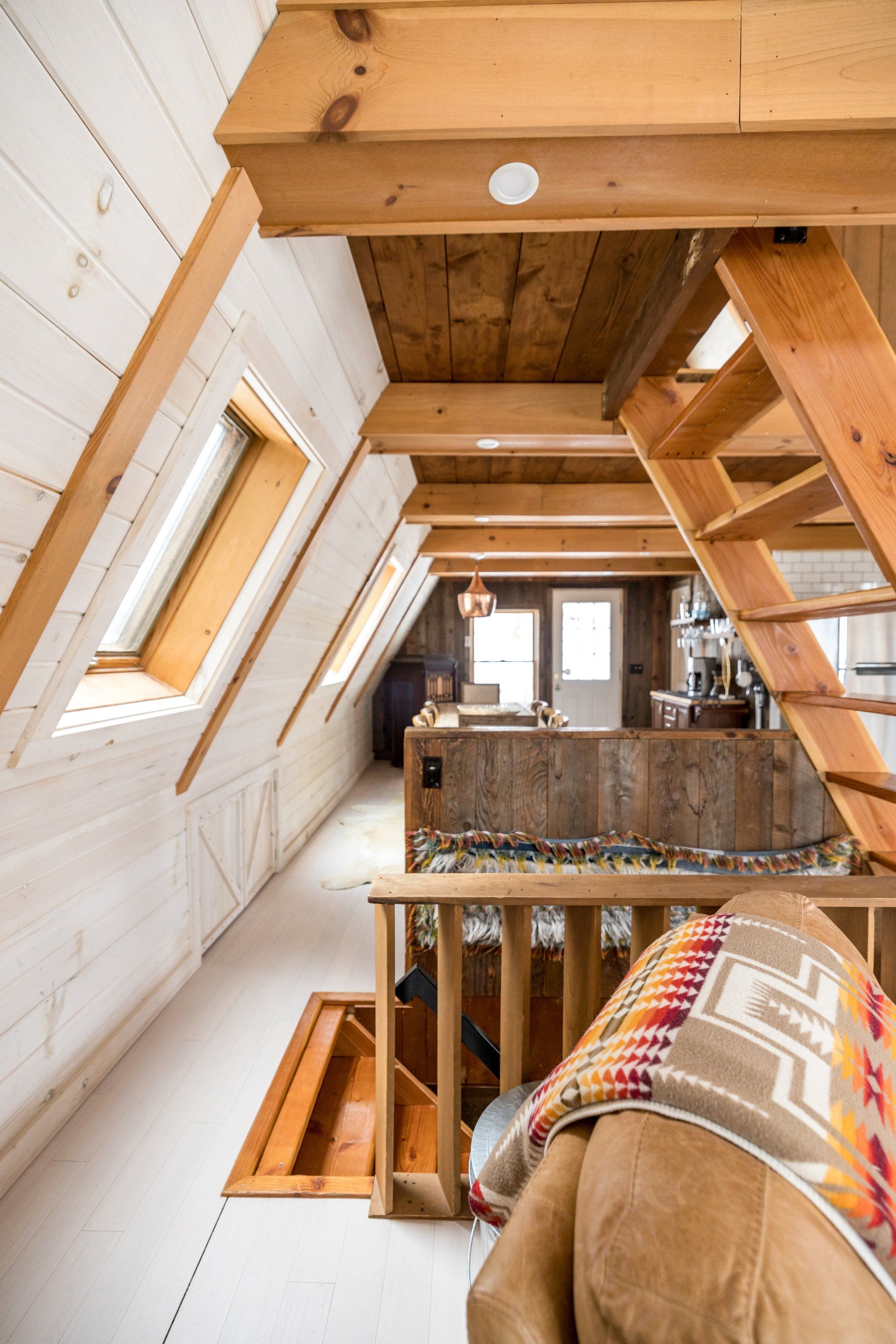
Let’s talk about your project
Fill in the form or call to set up a meeting at 587-803-2336.
Edmonton Insulation Quote
We will get back to you as soon as possible
Please try again later

Edmonton Insulation Dynamos
10250 118 St NW 302 C, Edmonton, AB T5K 1Y5
Follow Us
Disclaimer - This is a referral site. All work is performed by a licensed partner company.

